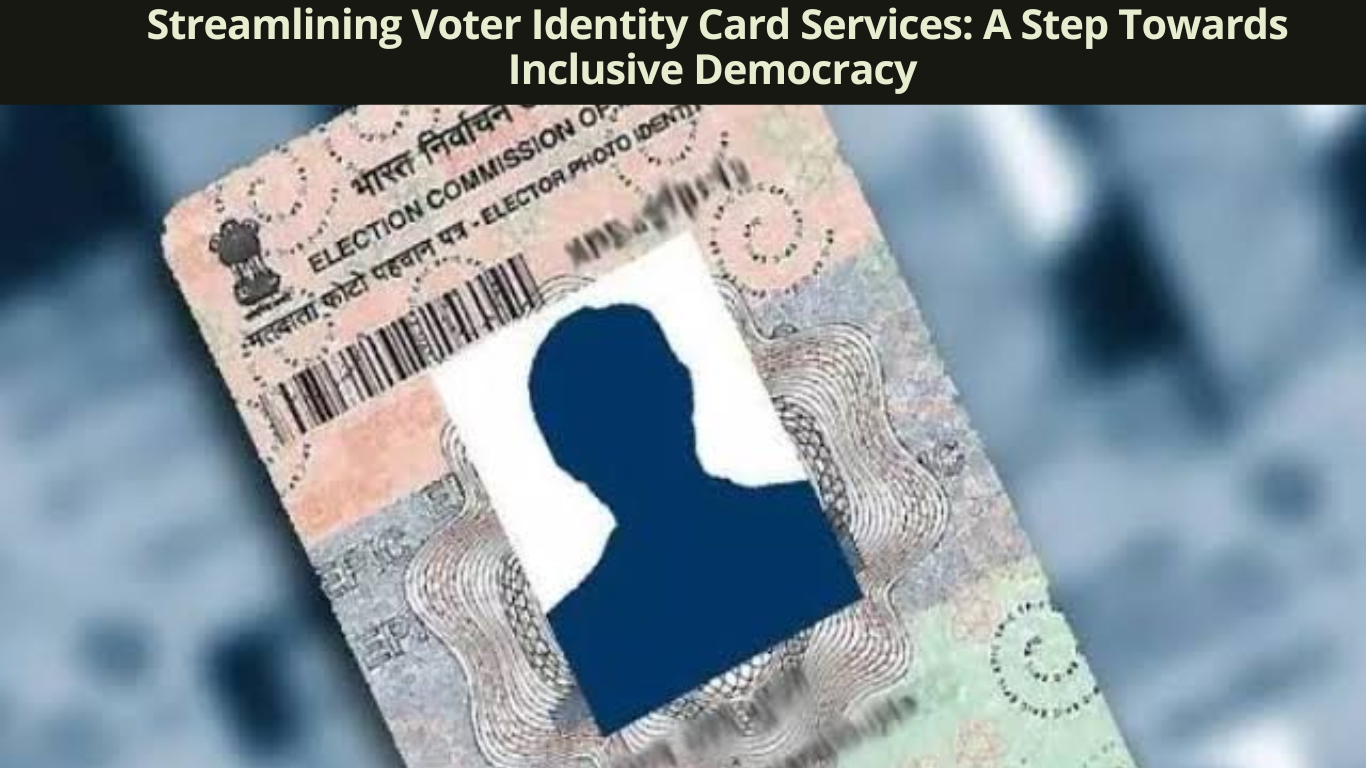In any democratic society, the right to vote is fundamental. It’s not just a privilege but a responsibility that empowers citizens to shape the course of their nation. At the heart of this right lies the voter identity card, a crucial document that validates one’s eligibility to participate in the electoral process. However, the process of obtaining this card has often been riddled with challenges and inefficiencies. In this blog post, we explore the importance of voter identity card services and the need for streamlining the process to ensure inclusivity and accessibility for all citizens.
Importance of Voter Identity Cards:
Voter identity cards serve as the primary means of identification during elections. They authenticate a voter’s eligibility and prevent fraudulent practices such as impersonation or multiple voting. Beyond elections, these cards are also utilized for various other purposes such as accessing government services, opening bank accounts, and availing of subsidies.
Challenges in Obtaining Voter Identity Cards:
Despite their significance, the process of obtaining voter identity cards has been marred by challenges. Lengthy bureaucratic procedures, lack of awareness among citizens, and issues related to documentation often act as barriers, particularly for marginalized communities.
The Need for Streamlining Services:
To address these challenges and promote inclusive democracy, there is an urgent need to streamline voter identity card services. This involves leveraging technology to simplify application procedures, enhance data management systems, and improve accessibility for citizens across diverse geographical locations.
Benefits of Streamlined Services
Streamlining voter identity card services yields multiple benefits. Firstly, it enhances accessibility by allowing citizens to apply for cards from the comfort of their homes, thereby reducing the burden of physical visits to government offices. Secondly, it promotes transparency and reduces the likelihood of errors or discrepancies in voter rolls. Thirdly, by harnessing data analytics, governments can identify areas with low registration rates and implement targeted outreach campaigns to increase participation among underrepresented communities.
Case Studies and Success Stories
Several countries have successfully implemented streamlined voter identity card services with remarkable results. For instance, India’s Election Commission launched the National Voter Service Portal (NVSP), allowing citizens to apply for voter identity cards online and track the status of their applications.
Conclusion
In conclusion, voter identity card services play a pivotal role in upholding the principles of democracy and ensuring the active participation of citizens in electoral processes. By streamlining these services through technology-driven solutions and targeted interventions, governments can overcome existing challenges and foster greater inclusivity and accessibility.
FAQs
1.How to apply for a voter ID online?
Answer: Visit the Election Commission website, fill the form, upload documents, and submit.
2.What documents are required?
Answer: Proof of age, residence, and a passport-sized photo.
3.How long does it take to receive the ID?
Answer: It varies, typically a few weeks to months.
4.Can I update details online?
Answer: Yes, log in, make changes, and submit supporting documents if needed.
5.Is there a fee?
Answer: Fees vary by country, check the Election Commission website.



